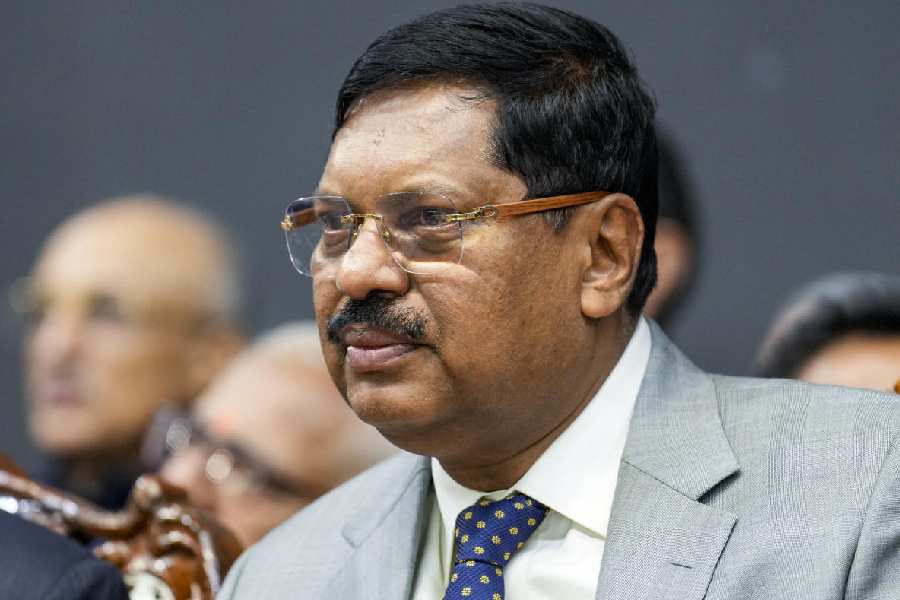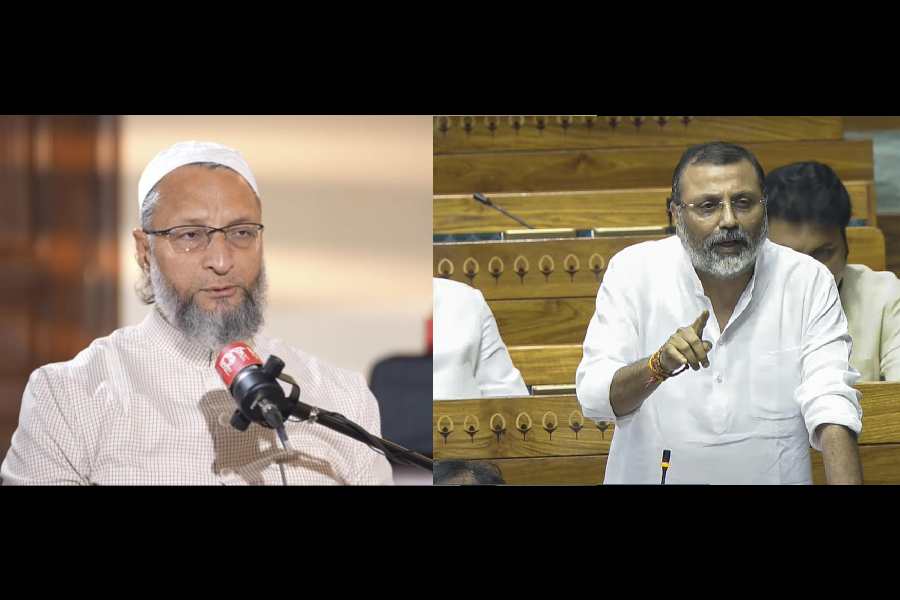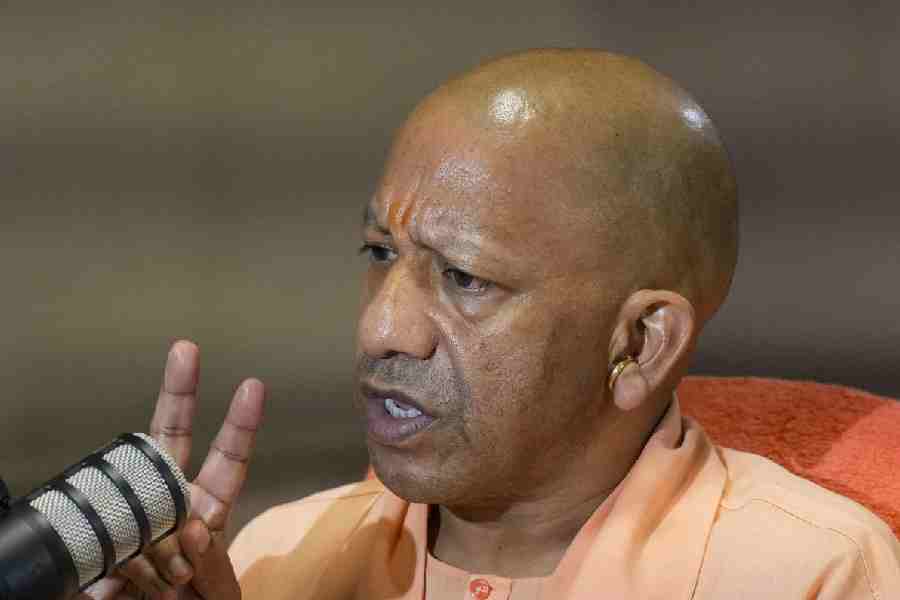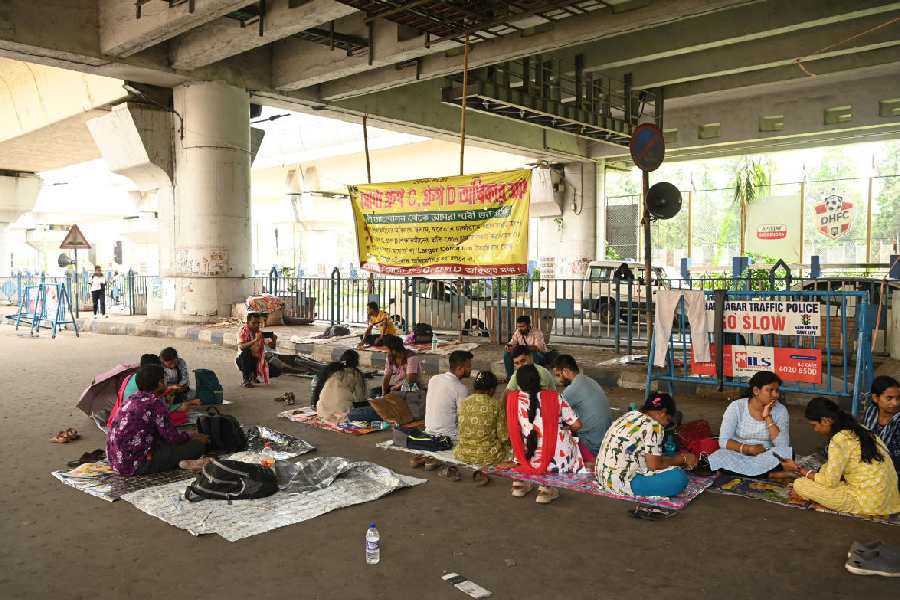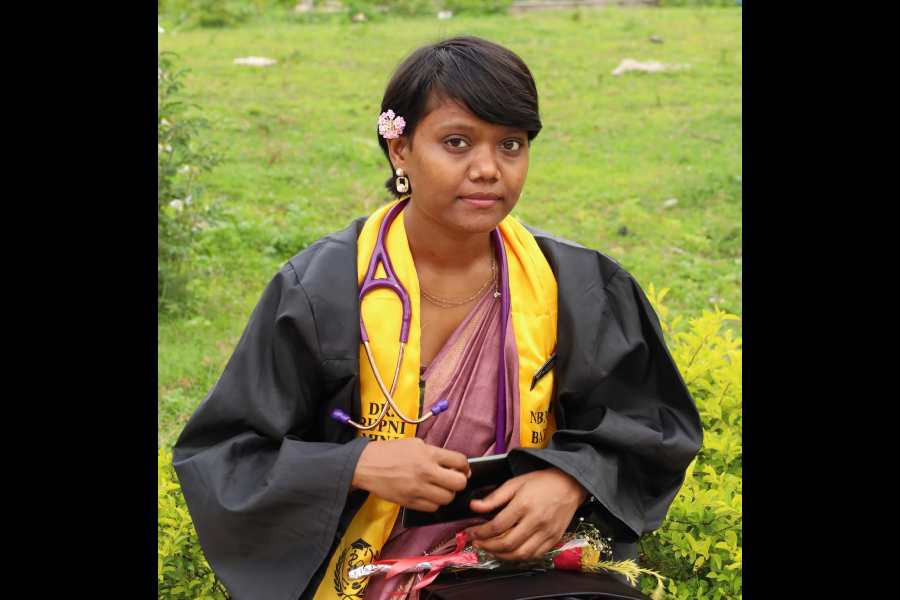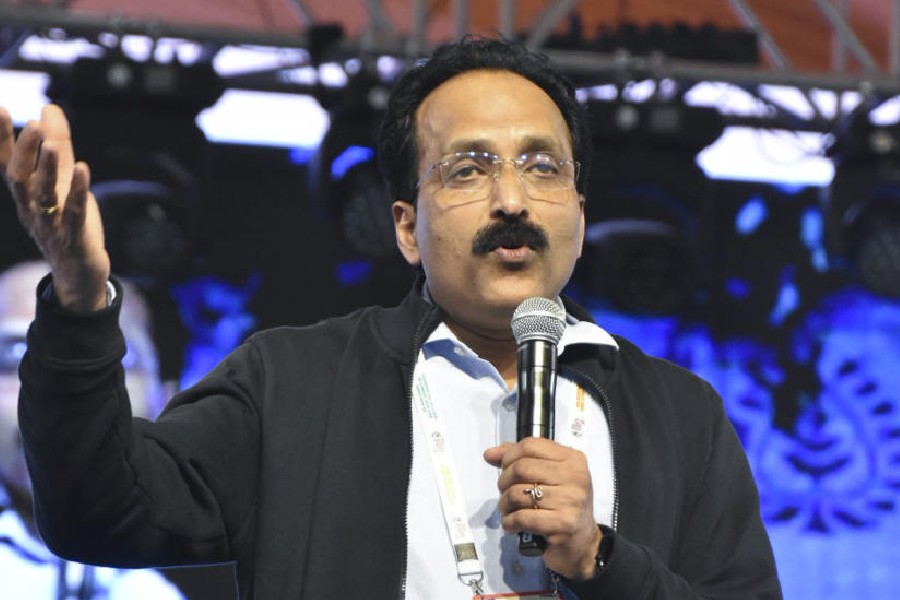 |
| Jami mosque in Sahebganj |
Jharkhand has received positive response from the Centre after taking a shot at securing world heritage status for Buddhist excavations in Itkhori, Isco rock cave paintings of Hazaribagh, temples of Maluti in Dumka and Jami Masjid in Sahebganj.
Representatives of the state art and culture department and the Jharkhand chapter of Indian National Trust for Art and Cultural Heritage (Intach) are upbeat about the interest shown by the Centre’s advisory committee for world heritage matters to their bid during a meeting in Calcutta on July 10.
S.D. Singh, the state convener of Intach, told The Telegraph: “Our half-hour presentation on all four sites was much appreciated, as we focussed on the significance of each of the historic places and how they can be included in the list of world heritage sites.”
Itkhori, which is known for its Bhadrakali temple — a meeting point of deities of Hindu, Jain and Buddhist faiths — is a tourist hub in Chatra district.
An idol of Tara, the Buddhist deity, in black stone also adorns the temple and has always drawn foreigners from abroad, especially those practising Buddhism.
Likewise, cave art in Isco village, 46km from the district headquarters of Hazaribagh, has also sparked international interest, a foremost criterion for making into the list of world heritage sites.
Maluti, a tiny village situated 16km from Dumka, has a cluster of 108 temples in terracotta stones, while Jami mosque in Rajmahal, Sahebganj, was built in the last quarter of the 16th century AD by Raja Man Singh, the governor in emperor Akbar’s regime.
If the United Nations Educational, Scientific and Cultural Organisation (Unesco) recognises the four hubs as world heritage sites, the obvious benefits will reflect in greater flow of tourists and a consequent growth in revenues.
Singh said all four sites had been nominated for inclusion in the world heritage list. “Once we get an initial confirmation (from Unesco) that the places have been included in the tentative list of world heritage sites, we will make management and development plans,” he added.
The entire application procedure is routed through the central advisory committee.
The Intach convener added: “This is just a baby step. After getting the nod from the advisory panel, we will chalk out an elaborate plan to present before the committee members.”
Singh stressed that chairperson of the advisory committee Aruna Bakshi lauded the Jharkhand presentation as compared to other states, while Shikha Jain, member secretary of the panel and a well-known conservation architect, promised to show the presentation to other states.
Deputy director (archaeology) of the state art and culture department Amitabh Kumar also sounded enthusiastic about the prospects of earning heritage tags for the four sites.
He told The Telegraph, “Among all the presentations, we got rave reviews for our focus on the rock art paintings and the Buddhist circuit at Itkhori. In fact, all the monuments are of historical importance which we are trying to conserve.”
Kumar said since Jharkhand is a new state, it is vital for the government to strongly project its tourism potential.
Participants from Bengal, Bihar, Odisha, Sikkim and Andaman and Nicobar also attended the meeting convened at National Library by the advisory panel that functions under the Union ministry of culture.


